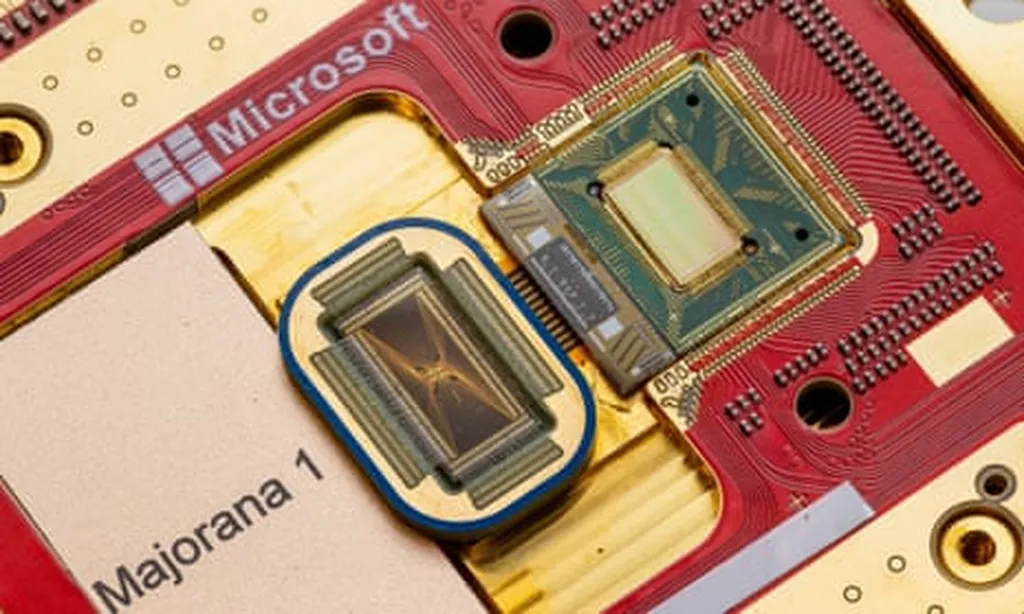In the rapidly evolving world of flexible electronics, durability has long been a thorn in the side of developers. While much attention has been given to the robustness of the electronic components themselves, a recent study published in ‘npj Flexible Electronics’ (translated as “Nature Partner Journal Flexible Electronics”) has turned the spotlight onto an often-overlooked culprit: the polymer substrates that underpin these devices. The research, led by Anush Ranka from the School of Engineering at Brown University, has uncovered a significant challenge that could reshape the future of flexible electronic devices, particularly in the energy sector.
Ranka and his team have demonstrated that polymer substrates, long assumed to be tough and crack-resistant, can indeed crack under the mechanical stresses experienced during manufacturing and operation. This cracking is particularly prevalent in devices with stiff transparent-conducting oxide (TCO) electrode films on compliant polymer substrates, such as flexible perovskite solar cells. The team found that the elastic mismatch at the film/substrate interface amplifies the stress-intensity factor, leading to extensive cracking in the polymer substrate. This compromises the overall mechanical integrity of the entire device, posing a significant challenge to their durability and reliability.
The implications of this research are substantial, especially for the energy sector, where flexible electronic devices are increasingly being deployed. Flexible solar cells, for instance, offer a lightweight, adaptable alternative to traditional solar panels, with applications ranging from portable charging solutions to integrated photovoltaics in buildings and vehicles. However, their widespread adoption has been hindered by concerns about their longevity and robustness. Ranka’s findings suggest that addressing substrate cracking could be a key step in enhancing the durability of these devices.
To tackle this issue, Ranka and his team have proposed an interlayer-engineering approach. This involves strategically designing and incorporating interlayers between the TCO film and the polymer substrate to mitigate the stress amplification and prevent substrate cracking. The team has already demonstrated the effectiveness of this approach in experimental settings, suggesting that it could be a viable solution for improving the durability of a wide range of flexible electronic devices.
“This finding is a game-changer,” Ranka said. “By addressing the root cause of substrate cracking, we can significantly enhance the mechanical reliability of flexible electronic devices. This could open up new avenues for their application, particularly in the energy sector, where durability and robustness are paramount.”
The research also highlights the importance of considering the mechanical reliability of all components in flexible electronic devices, not just the electronic components themselves. As Ranka noted, “It’s not just about making the electronics flexible; it’s about ensuring that all components can withstand the mechanical stresses they will encounter during their lifetime.”
Looking ahead, this research could shape the future development of flexible electronic devices, particularly in the energy sector. By addressing the challenge of substrate cracking, developers could unlock new opportunities for the application of flexible electronics, from wearable devices to integrated photovoltaics. Moreover, the interlayer-engineering approach proposed by Ranka and his team could inspire further innovation in the design and fabrication of flexible electronic devices, leading to more durable and reliable products.
In the words of Ranka, “This is just the beginning. There’s still much to explore and understand. But I’m excited about the possibilities that this research opens up. It’s a significant step forward in our quest to make flexible electronic devices more durable and reliable.”

